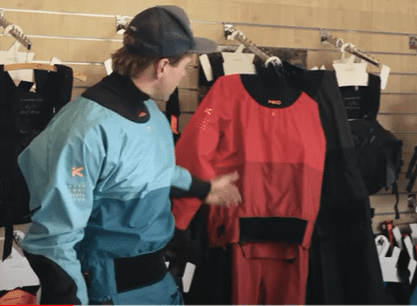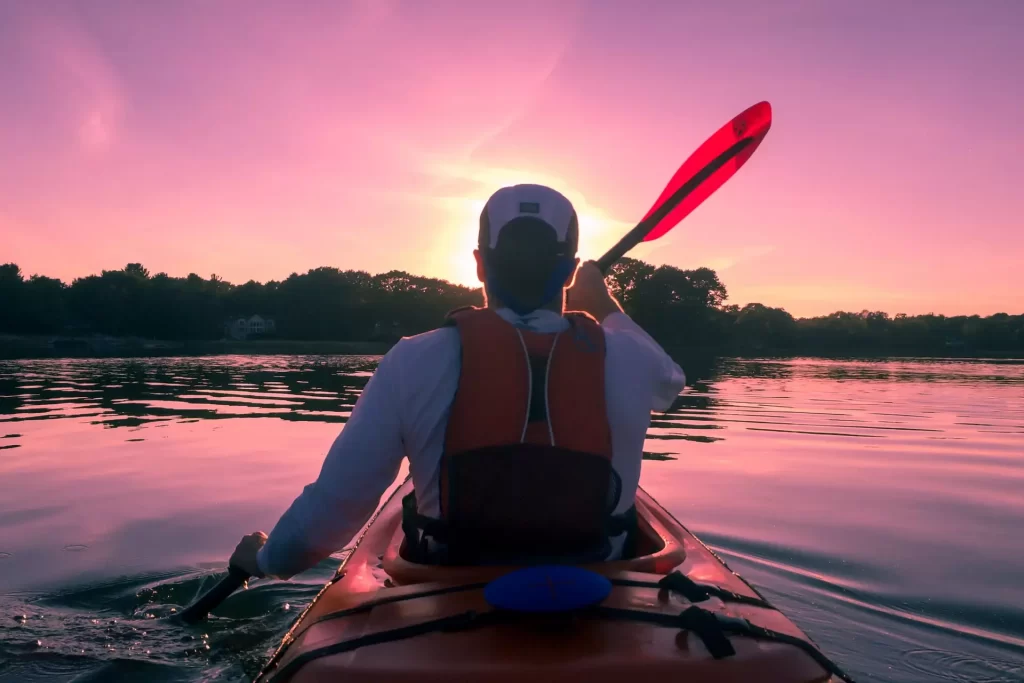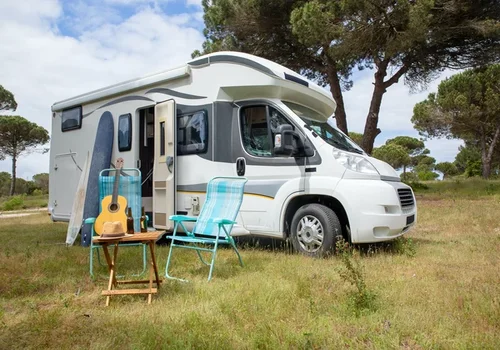Considering to buy a drysuit? Or maybe you’re looking for a new one? Many people do not know what to look for in a drysuit when buying for them.
When you’re out on the boat or surfing, there’s nothing worse than getting cold. Whether that means planning an effective layering system or having the right skimpies, a drysuit can be a real game changer. And if you’ve ever tried to buy one before, then you’ll know they’re not all created equal.
There are a lot of various materials and styles of drysuits on the market, so today we have put together a list to help you decide what criteria and features to keep an eye out for when looking to buy a best drysuit for kayaking or other water activity.
Table of Contents
Factors should look for during drysuit selection process
Type of paddling
If you’re primarily a cold-water paddler, consider getting a drysuit that is designed for this type of use. It will be warmer than other styles, and it will also be more resistant to water ingress.
In contrast, if you engage in warm-water kayaking and want to experience the joys of winter paddling without suffering from the cold, look for a suit that has an outer layer with low permeability (i.e., resistance) to water but doesn’t sacrifice warmth much or at all.
But what about kayaking in both conditions—cold air and water? You’ll need something that keeps out plenty of wind chill but doesn’t let too much heat escape through evaporation when submerged in cold water, which would make it hard for you to stay comfortable while wearing it.
For this purpose, look for suits with high breathability ratings (how well they allow sweat vaporization). A good example would be a neoprene undergarment worn under another top layer made from stretchy nylon fabric like Gore-Tex® or eVent®
Material and its price & comfort
The materials used in your drysuit is one of the important things you should look for in a drysuit. The materials will determine its durability and flexibility. The thickness is proportional to the warmth. However, a thick wetsuit can also restrict movement, which can be dangerous when you are diving in cold water.
The hardware used on your drysuit should be able to hold up for many years of use without breaking or rusting. When buying a drysuit make sure that all of the joints are double-stitched with nylon thread so that they do not come apart while you are wearing it during dives.
When checking out a new drysuit make sure that all seams are double-stitched with nylon thread and all zippers work smoothly without any catches or snags. If any part of the suit feels loose or unsteady then this could mean that there was something missing when it was made by hand (or machine).
The materials used in drysuits vary with the manufacturer. They can be made from different types of rubber, neoprene or a combination of the two. The material used has many advantages and disadvantages which you should consider when choosing your suit.
- Price: The most obvious difference between materials is usually price. Rubber is generally cheaper than neoprene, but it also doesn’t have many of the same features as neoprene. Neoprene tends to be more expensive due to its superior resistance to cold water and durability at high temperatures (e.g., being able to use it while kayaking). It’s important that you factor price into your decision; if cost isn’t an issue for you then choose what suits your needs best!
- Comfort: Another major factor is comfort: both rubber and neoprene will keep you warm once they’re wetted out (meaning they’ll need time until they’re fully waterproof), but only neoprene suits are comfortable without getting wet first — meaning they don’t feel like straight jackets until then! If this sounds appealing then go for a neoprene suit over one made out of rubber; otherwise stick with something less expensive like we did 🙂
Ease of donning and doffing
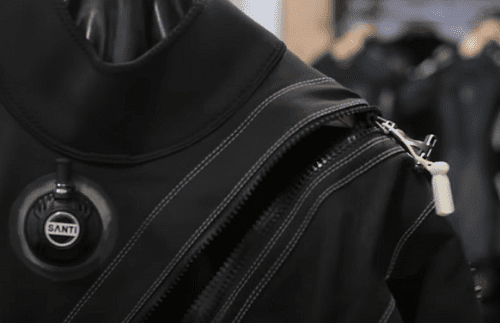
Ease of donning and doffing will depend on the design of your drysuit. Some have a front zipper, some have a back zipper. Some have a hood that zips up separately from the rest of the suit, while others zip up directly in line with their collar. The more complex the design, the more difficult it will be to put on.
The best option is probably one with a front-zip entry and no separate hood—this will be easiest to get in and out of without getting water in your face or down your neck!
Liquid seal vs. dry zip
The dry zip suits are more expensive than liquid seal suits, and they’re also more likely to leak. A leakage in a dry zip suit can be due to many factors, including improper care and maintenance of the suit, exposure to sharp objects or abrasion (for example, dragging your kayak across rocks), or simply being out of date with your diver certification.
If you buy a new dry zip suit and keep up with it as recommended by manufacturer guidelines, however, these risks should be minimal.
If you choose a liquid seal suit instead of one with a zip closure system there are some drawbacks: it’s harder to put on and take off at first because you have to go through all four steps (1) unzip jacket; 2) take it off over head; 3) pull down pants over hips; 4) repeat step 3 until pants are fully pulled down over legs.)
Liquid seal suits also tend not to last as long due to having fewer parts than their zippered counterparts which means there’s less that can go wrong when making repairs later on down the road–this may lead them being cheaper initially but costlier in total dollars spent over time!
Features of a drysuit
If you ask me the question “what to look for in a drysuit in terms of features?” then my answer will be the followings:
Fit
Your drysuit should fit snugly without being uncomfortably tight or loose. Make sure the seams are aligned properly so that they don’t rub against your body and cause discomfort while wearing it.
Check that there is no extra fabric around the wrists or ankles (or anywhere else). If you’re trying on multiple suits at once and switching back-and-forth between them, make sure each suit fits as well as possible before choosing one over another!
Compression
Many people find that their hands get cold easily while kayaking because they’re constantly using them to paddle.
A good solution is to wear gloves underneath their drysuit’s sleeves; however if this isn’t possible or won’t work for whatever reason then look for something called “compression” instead.”
It’s similar conceptually although not exactly identical – basically it means reducing how much room there is inside so less heat escapes through an opening such as a zipper or buttonhole.”
LOWER SEAL
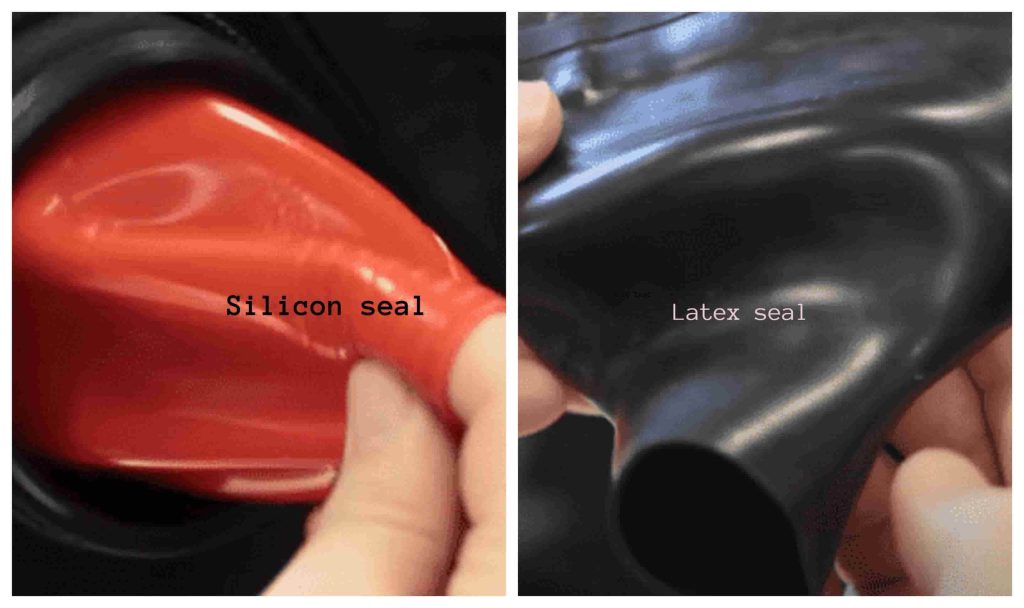
The lower seal is the most important part of a drysuit. It’s what keeps water out and you in, so it’s important to take good care of it. The lower seal holds all of the air inside your suit and keeps the water out, which allows you to stay warm and dry in the water.
AIR VENT SYSTEM
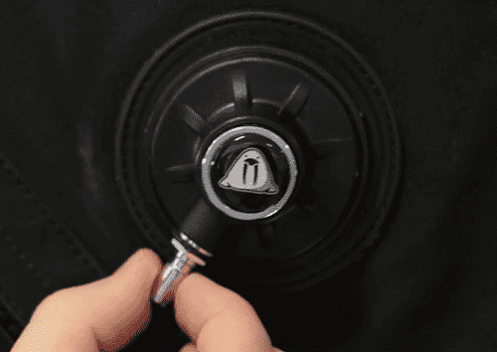
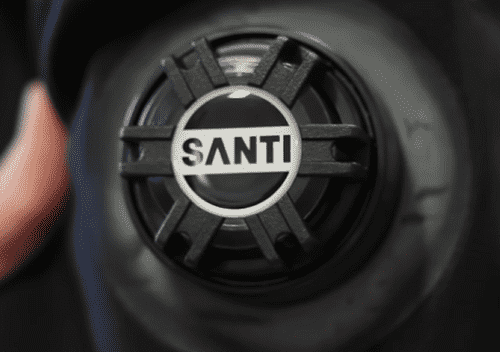
Air vent system is an important feature to have in a drysuit. The air vent system allows water to escape from your drysuit, preventing ballooning or being too tight or loose.
Air vents are located in different places depending on the type of drysuit you have but they always let water out and keep the suit at its best fit.
SUSPENDERS AND HARNESS
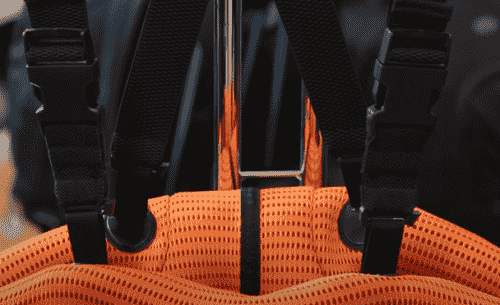
Suspenders and a harness are the two main parts of a drysuit that keep it in place.
Suspenders are the straps that cross over your shoulders, connecting to a waist belt which helps to keep the suit from riding up or down on your body.
Harnesses usually have an adjustable buckle so they can accommodate different sizes of people, though many also have a Velcro strap for added security.
Both suspenders and harnesses are essential to ensure an optimal fit in your drysuit; without these components, you risk having no support for your suit at all—which could result in discomfort or even injury if you fall hard while wearing one!
DRY SUIT FABRICS AND COMPOSITIONS
In order to understand the differences between drysuit fabrics and compositions, it is important to first understand what makes a fabric breathable or non-breathable.
Breathability is defined as being able to transfer perspiration (water vapor) from inside your body across a material back into the air. When a material allows water vapor to escape on both sides of its structure, this is known as a “breathable” fabric.
There are two main types of “non-breathable” fabrics: neoprene and latex rubber.
Neoprene is made from polychloroprene and has excellent resistance to punctures and abrasion but very poor breathing abilities due to its hydrophobic nature.
Latex rubber may also be used in making drysuits as well as wetsuits; however, it has much poorer resistance than neoprene does against punctures or abrasion.
EXHAUST VALVE POSITIONING
The exhaust valve should be positioned at the top of your drysuit.
The position on the right hand side (as you look at it) is the most common and comfortable way to wear a suit. This allows easy access to both your left and right hands while wearing gloves, as well as keeping your elbow clear when rolling up your sleeves or removing wet gloves.
Cost is everything
The cost of a drysuit will vary greatly, depending on the brand, model, and features. A great way to tell if you’re getting a good deal is by comparing it to other similar drysuits.
If the price is too low for what you’re getting, then there may be something wrong with your suit or the company. Compare prices using reputable online stores like Amazon or REI so that you know what’s normal for your area and which companies are overcharging for their products.
Cost can also give you an idea of the quality of materials used in making your drysuit as well as how much wear-and-tear they can take while still looking good enough to paddle in most cases (a higher price tag doesn’t always mean better quality).
If you’re paddling just once a week on flatwater rivers and lakes around town then spending $600+ isn’t necessary since most cheaper brands will work perfectly fine under those conditions.
However, if you plan on doing more expeditions where there might be rougher waters such as tidal currents then investing more money into getting high end gear may end up saving money in the long run because it’ll last longer without needing repairs constantly (especially important when traveling abroad).
Conclusion
These factors will help you to make the right choice, but don’t forget that it’s important to try on a drysuit and get a feeling of movement in it.
Also, pay attention to the manual: it will tell you what fabric is used, how many layers it has, where the seams are located and how they are reinforced.
In general, these criteria should be sufficient in order for you to make an informed decision about which model of drysuit best suits your needs.
I think this article helped you find the answer to “what to look for in a drysuit?” If you have any suggestions or queries please let us know through comment.
Want to learn more about other type of suit? wetsuit? Here is the the link just click on what to look for in a wetsuit.
